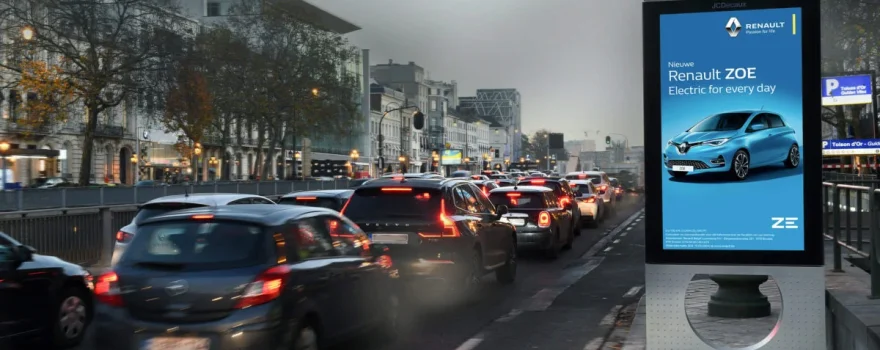
Out-of-Home (OOH) programmatic advertising flourished during the pandemic when technology allowed advertisers to pause or cut campaigns almost instantly, something that has always been a problem with traditional outdoor advertising.
Programmatic essentially uses automated technology to buy and manage ad space, and in the case of digital out-of-home (DOOH) advertising, this means that campaign delivery time can be reduced from a day to an hour. The reactive nature of programmatic DOOH allows you to flexibly communicate with your audience and quickly adapt to changes.
Programmatic also allows faster “triggered” campaigns that respond to changes such as pollution and weather. This is also possible with traditional OOH ads, but these must be pre-booked and cannot be disabled or optimized. Programmed outdoor advertising works almost in real-time.
Along with the agility argument, Kark tells us there is “operational efficiency” as programmatic allows advertisers to manage campaigns on the same demand-side platform (DSP) for all media owners. Programmatic can also be useful when running campaigns across multiple territories. Previously, if you wanted to book a large-scale campaign, you had to book with a representative of each country. However, now you can manage it all from one place, which is a huge advantage.
via thedrum.com

 Get in Touch
Get in Touch 


